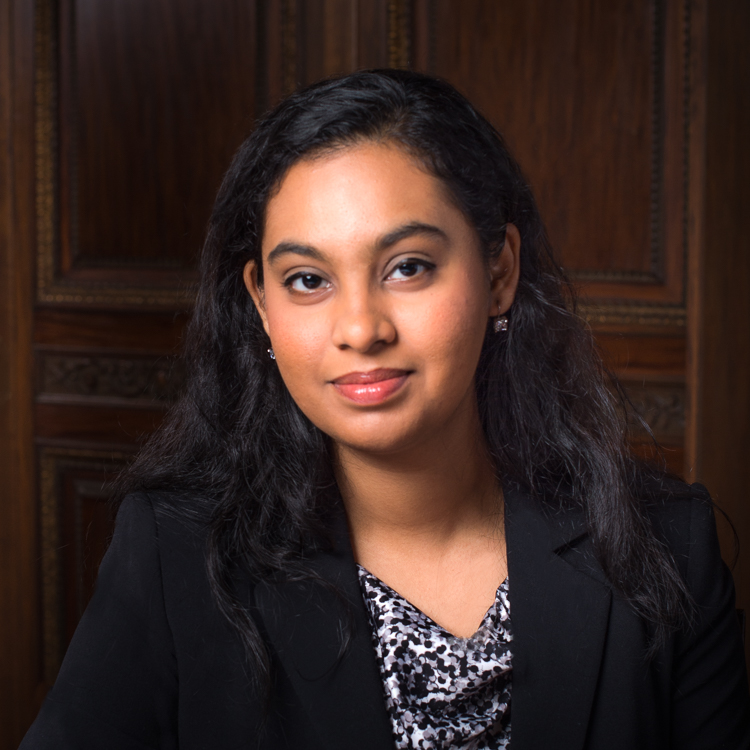 Individual Giving, Forgotten No More
Individual Giving, Forgotten No More
by Rimsha Khan, Grants Assistant, The Commonwealth Fund
In 2014, individuals accounted for 72 percent of more than $358 billion in charitable giving.
I found this statistic fairly surprising when I started my first, and current job, in philanthropy one month ago. However, as I reflected on our country’s decades-old traditions of school bake sales and new technologies that take crowdfunding campaigns online, I realized how much these statistics make sense – especially since our tax code favors charitable giving to boot.
Attending the first Philanthropy 101 class gave me the opportunity to dive deeper into our country’s giving culture. It was a prime time to be exposed to and start learning about the philanthropic community in New York. I walked away with a robust overview on philanthropy in the U.S., but I also left with key questions that philanthropy professionals should consider as they go through their careers.
The question that most resonated with me was: “How do we harness our sector’s diversity to collaborate on projects and programs?”
The culture of charitable giving, both through endowments and fundraising, accounts for the existence of the other 28 percent of the charitable giving pie. Participants at this first Philanthropy 101session exemplified the diversity of this section of the pie by focusing on an array of issues, just to name a few:
- Social justice for LGBTQ populations
- Learning and enrichment for disadvantaged children
- Poverty in NYC
- Stem cell research
- Healthcare policy
It is exactly that breadth of diversity present in the philanthropic community that makes it ripe for collaboration. During the session, participants were asked about where foundations should be focusing now to address needs. From my perspective this was too limiting, as contemporary issues share a certain degree of interconnectedness. When someone voiced the issue of contaminated drinking water and another person named racial inequality, I immediately thought of the Flint water crisis and how it disproportionately affects minorities living in low-income communities.
This is just one example of the numerous intersectional points at which philanthropic organizations can collaborate and become the change agents that many of them strive to be. Further, as we work with other organizations, we are able to connect with new grantees and have opportunities to provide funding to innovative research and programs.
When people contribute to organizations whose work they care about, they amplify their contribution, reaching large groups of people and programs making a difference. Individual giving to organizations can be a powerful tool for change and we should seek to give more whenever we can. Those of us working within philanthropic organizations should think more holistically regarding the sector to consider partnerships with individual donors for social change.
Maybe I’ll have a better idea on how to do so after gaining some experience in the field. In the meantime, I’m starting to think about it and I urge my peers to do the same.
